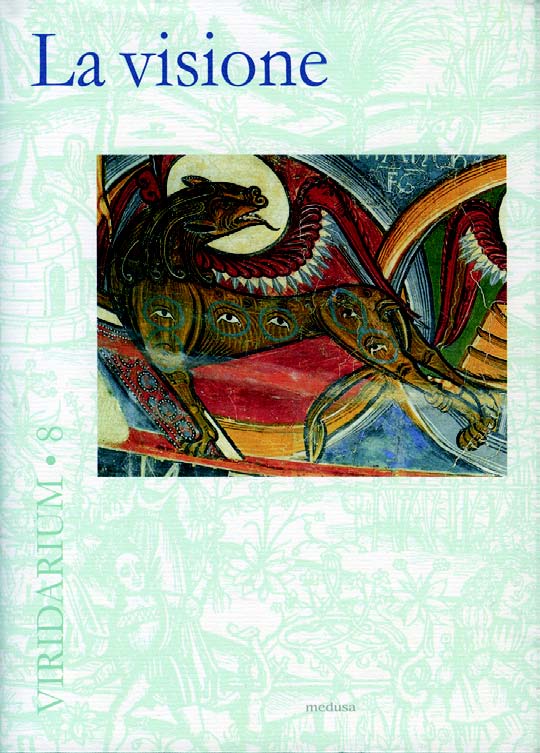Viridarium 8. La visione
“I do not hear these things either with bodily ears or with the thoughts of my heart nor do I perceive them by any combination of my five senses but only in my soul, while my outer eyes are open, so that I never undergo in these visions the weariness of ecstasy. But I see them in wakefulness day and night.” This was how Hildegard of Bingen, one of the greatest Mediaeval mystics, described her visions in a celebrated letter to Guibert of Gembloux. The idea of an “inner eye” or “heart’s eye” is found not only in the Christian Middle Ages but also in almost all the main cultures and religious traditions. It is the means to perceiving spiritual and divine realities, just as normal eyes perceive external reality.This idea, however, can generate paradoxes which are at the centre of much thinking about visionary experiences. If the object of the “vision” by definition transcends the level of material and visible realities, how can we know it through images? And if its purpose is to reach and perform in some way what is beyond any form or representation – to “strip away” all visible images – how it is possible to see it, even with an inner gaze? The problem of the relation between “visibility” and “invisibility” continually recurs and has been variously addressed and resolved in the Western visionary tradition, as in those of other cultures. It also reappears in an unexpectedly radical way in certain expressions of philosophy and contemporary art.
